SOURCE:
( ) THE HIGH PRICE OF LOSING UKRAINE : https://www.understandingwar.org/backgrounder/high-price-losing-ukraine
( ) On the decline of the US empire and the denial of the US: https://youtu.be/ogH0wRD0Vkw
CAN USA SUSTAIN THE LOSS OF UKRAINE ?
Richard Wolff on the decline of the US empire and the denial of the US
The High Price of Losing Ukraine
Military-Strategic and Financial Implications of
Russian Victory
Frederick W. Kagan, Kateryna Stepanenko, Mitchell Belcher,
Noel Mikkelsen, and Thomas Bergeron
December 14, 2023
The United States has a much higher stake in Russia's war on Ukraine than most people think. A Russian conquest of all of Ukraine is by no means impossible if the United States cuts off all military assistance and Europe follows suit. Such an outcome would bring a battered but triumphant Russian army right up to NATO’s border from the Black Sea to the Arctic Ocean. The Ukrainian military with Western support has destroyed nearly 90% of the Russian army that invaded in February 2022 according to US intelligence sources, but the Russians have replaced those manpower losses and are ramping up their industrial base to make good their material losses at a rate much faster than their pre-war capacity had permitted.[1]
A victorious Russian army at the end of this war will be combat experienced and considerably larger than the pre-2022 Russian land forces. The Russian economy will gradually recover as sanctions inevitably erode and Moscow develops ways to circumvent or mitigate those that remain. Over time it will replace its equipment and rebuild its coherence, drawing on a wealth of hard-won experience fighting mechanized warfare. It will bring with it advanced air defense systems that only American stealth aircraft—badly needed to deter and confront China—can reliably penetrate. Russia can pose a major conventional military threat to NATO for the first time since the 1990s in a timeframe set to a considerable extent by how much the Kremlin invests in its military. Since Moscow has already committed to an ambitious post-war military expansion program the US cannot be confident that the timeframe will be very long.[2]
The overall military potential of the United States and its NATO allies is so much greater than that of Russia that there is no reason to doubt the West’s ability to defeat any conceivable Russian military even assuming that Russia fully absorbs Ukraine and Belarus. But as Americans consider the costs of continuing to help Ukraine fight the Russians in the coming years, they deserve a careful consideration of the costs of allowing Russia to win. Those costs are much higher than most people imagine.
To deter and defend against a renewed Russian threat following a full Russian victory in Ukraine the United States will have to deploy to Eastern Europe a sizable portion of its ground forces. The United States will have to station in Europe a large number of stealth aircraft. Building and maintaining those aircraft is intrinsically expensive, but challenges in manufacturing them rapidly will likely force the United States to make a terrible choice between keeping enough in Asia to defend Taiwan and its other Asian allies and deterring or defeating a Russian attack on a NATO ally. The entire undertaking will cost a fortune, and the cost will last as long as the Russian threat continues—potentially indefinitely.
Almost any other outcome of the Ukraine war is preferable to this one. Helping Ukraine keep the lines where they are through continuous Western military support is far more advantageous and cheaper for the United States than allowing Ukraine to lose. “Freezing” the conflict is worse than continuing to help Ukraine fight—that would simply give Russia time and space to prepare for a renewed war to conquer Ukraine and confront NATO. Helping Ukraine regain control of all or most of its territory would be much more advantageous, as it would drive Russian forces even further to the east. Best of all, supporting Ukraine to its victory and then helping it rebuild would put the largest and most combat-effective friendly military on the European continent at the forefront of the defense of NATO—whether Ukraine does or does not ultimately join the alliance.
In all these scenarios Americans should keep in mind that Ukraine is not Afghanistan. Afghanistan in 2001 was one of the poorest countries in the world with no industry to speak of and a poorly-educated population. Ukraine is highly industrialized with a modern, urban, and highly educated population. Restored to its 1991 borders Ukraine’s economy is large enough to support its own military. Ukrainian President Volodymyr Zelensky has recently committed his country to establishing its own military industry including by establishing joint ventures with Western firms to benefit Ukraine and its partners.[3] A victorious Ukraine would not be a permanent ward of the West. It can instead be truly independent and contribute greatly to NATO’s security and the West’s economy.
The following maps illustrate four military situations related to this war and its outcomes and consider their military-strategic and financial implications for the United States.
Situation 1: Pre-February 2022
Before the full-scale Russian invasion of February 2022 non-Baltic NATO states faced no serious conventional military threat from Russia. The Russian ground forces had one airborne division and a mechanized infantry brigade near the Estonian and Latvian borders and the equivalent of a division in the exclave of Kaliningrad, which is physically separated from Russia and a poor launching pad on its own for an attack on Poland and Lithuania, which it borders.[4] The next closest Russian forces to Poland were about 360 miles to the east on the far side of Belarus. No Russian troops threatened Slovakia, Hungary, or Romania.
The Russians had been building an air defense network relying on their advanced S-300 and S-400 long-range anti-aircraft and anti-missile systems to hinder NATO’s ability to defend the Baltic States. They had been expanding that network over much of the Black Sea using their bases in occupied Crimea. However, their network suffered from a large gap across southern Poland, Hungary, Slovakia, and Romania because they could not base their systems in Ukraine. Even their air defense coverage over Poland relied heavily on systems in Kaliningrad, the most vulnerable and exposed part of Russian territory. Kaliningrad’s small size deprives Russian air defense systems of one of the important elements of their survivability, in fact. The systems are fully mobile with all of their components mounted in trucks. They are designed to be able to move around and thereby make it harder for an adversary to locate and destroy them. Trapping these systems in a small exclave reduces that advantage and facilitates NATO efforts to disrupt and defeat them.
Map 2: Current situation as of December 12, 2023
Ukraine’s defeat of the initial Russian invasion in 2022 has kept the eastern borders of Poland, Slovakia, Hungary, and Romania free of the threat of major Russian ground attack. Ukraine’s liberation of western Kherson Oblast has kept the nearest effective Russian troops about 220 miles and a large river away from the Romanian border. Most of Russia’s troops are more than 350 miles from Romania and further still from Poland, Slovakia, and Hungary. The war is fully occupying nearly half a million Russian troops—just about all of Russia’s available ground combat power. The Russians are steadily completing their long-running efforts to secure control over Belarus and to base Russian forces there, but Russia still poses no conventional ground threat to NATO today because its military is tied up in Ukraine.
Map 3: Hypothetical situation if Russia fully occupies Ukraine
NB: The following estimate of the forces Russia might deploy in Ukraine and Belarus if Moscow intended to be prepared for a short-notice serious attack on NATO is very conservative. It assumes that the Russians move to the NATO borders two armies newly-created for the current war, one of which is already designated to be stationed in Crimea, and two others that were deployed on the eastern borders of Ukraine and Belarus and whose stationing at those locations would lose its strategic purpose following a full Russian victory in Ukraine. It assumes that most of the Russian army currently in Ukraine will return to bases within the current boundaries of the Russian Federation after the war. Most of the Russian army’s home stations are Soviet-era garrisons whose locations are not optimized for Russia’s current strategic context. The Russians could well bring considerably more combat power toward the NATO frontiers than is discussed below and depicted on this map following a victory over Ukraine without any strategic cost if they were willing to pay the financial price.
The sudden collapse of Western aid would likely lead sooner or later to the collapse of Ukraine’s ability to hold off the Russian military. Russian forces could push all the way to the western Ukrainian border in such a scenario and establish new military bases on the borders of Poland, Slovakia, Hungary, and Romania. The Russians are preparing occupation military forces to handle the almost inevitable Ukrainian insurgency while leaving front line troops free to threaten NATO.
The Russians have expanded their army’s structure to fight the war and have indicated their intention of retaining the larger structure after the war.[5] They could readily station three full armies (the 18th Combined Arms Army and the 25th Combined Arms Army newly created for this war and the 8th Guards Combined Arms Army) on the borders of Poland, Hungary, Slovakia, and Romania.[6] They would likely build out the component divisions in those armies to normal complements of three regiments each, drawing on formations further in the rear to bring these frontline units to nearly their full strength of roughly 6 mechanized divisions (18 regiments) in Ukraine.[7] They could move divisions that had been stationed on the eastern Ukrainian borders into Ukraine itself as reserves for the front-line divisions. The Kremlin has made great strides in its long-term project to gain control of the Belarusian military, and victory in Ukraine would likely get it the rest of the way.[8] The Russians would thus likely deploy either permanently or in a nominally rotational way an airborne division (three regiments) and a mechanized infantry division (likely three regiments) in southwestern and northern Belarus as well. They would be able to threaten a short-notice mechanized offensive against one or several NATO states with at least 8 divisions (21 mechanized or tank regiments and brigades and three airborne regiments), backed by significant reserves including the 1st Guards Tank Army, which would be reconstituted around Moscow and was always intended to be the premier strike force against NATO. They could make such an attack and still threaten the Baltic States and Finland with the forces already present there and reinforcements they have announced they intend to station along the Finnish borders.[9] Russian ground forces would be covered by a dense air defense network of S-300, S-400, and S-500 long range anti-air and anti-missile systems with overlapping coverage of the entire front.
NATO would be unable to defend against such an attack with the forces currently in Europe. The United States would need to move large numbers of American soldiers to the entire eastern NATO border from the Baltic to the Black Sea to deter Russian adventurism and be prepared to defeat a Russian attack. The United States would also need to commit a significant proportion of its fleet of stealth aircraft permanently to Europe. NATO defense strategy relies on air superiority not merely to protect NATO troops from enemy attack but also to use air power to offset smaller NATO ground forces and limited stocks of NATO artillery. The United States would have to keep large numbers of stealth aircraft available in Europe to penetrate and destroy Russian air defense systems—and keep the Russians from re-establishing effective air defense—so that non-stealthy aircraft and cruise missiles can reach their targets. The requirement to commit a significant stealth aircraft fleet to Europe could badly degrade America’s ability to respond effectively to Chinese aggression against Taiwan since all Taiwan scenarios rely heavily on the same stealth aircraft that would be needed to defend Europe.
The cost of these defensive measures would be astronomical and would likely be accompanied by a period of very high risk when US forces were not adequately prepared or postured to handle either Russia or China, let alone both together.
Map 4: Full Ukrainian Victory
Re-establishing Kyiv’s control over all Ukraine’s territory including Crimea is important for the United States and NATO as well as Ukraine. Russia’s possession of Crimea makes Russia the dominant power in the Black Sea and allows Russian aircraft to threaten the southeastern NATO flank as well as to deploy long-range air defenses on the peninsula. The positions in the east (left) bank of Kherson Oblast that Russia currently controls provide bases even further west of Crimea. NATO will have to meet these challenges whenever the war ends if those areas remain in Russian hands. If Ukraine regains its 1991 borders, however, the pressure on NATO eases dramatically. The nearest Russian troops to Romania would be almost 500 miles away. The Black Sea would become very nearly a NATO lake. Moscow would likely complete its military control of Belarus and base its forces there even in this scenario. The threat to NATO of such bases, however, would take on a very different cast in a scenario in which Belarus is a large salient with NATO forces on two sides and a large and powerful independent Ukraine all along its southern border. The task of defending northeastern Poland and the Baltic States from Russian troops operating out of Belarus, Kaliningrad, and Russia itself is a much more manageable and less costly proposition than that of defending the entire NATO line from the Black Sea to the Arctic Ocean.
Conclusion
This brief paper evaluates only the narrow question of some of the military-strategic and financial tradeoffs of various possible outcomes of the Russian war in Ukraine. We have considered elsewhere the important question of possible Russian escalations in the face of defeat and we do not minimize those considerations.[10] We have argued strongly that American values align with American interests in Ukraine and that there is a strong and cogent values-based argument for helping Ukraine liberate all its land and its people.[11] We still believe that that is true.
But the American people are being asked to spend a lot of money helping Ukraine fight Russia, and it is not unreasonable for them also wonder what the financial cost of not helping Ukraine would be. This essay is meant solely to serve as a departure point for a data-driven and realistic discussion answering that question.
Note on the maps:
Map 1 depicting the pre-2022 deployments of Russia and NATO reflects publicly-available reports of the locations of NATO units of brigade/regiment echelon and above and ISW’s assessment of the locations of Russian units at those echelons and above.[12]
Map 2 depicts ISW’s best current assessment of the locations of Russian units of brigade/regiment echelon and above fighting in Ukraine.[13] ISW does not currently assess that Russia retains combat effective ground forces maneuver units outside of Ukraine beyond those engaged in training at this time.
Map 3 depicts a hypothetical array of Russian units following a complete Russian conquest of Ukraine. The text accompanying the map explains why we chose to show the Russians stationing the number of armies, divisions, and brigades on our map and why we chose the particular Russian formations to move around. The Russians could and almost certainly would make other concrete choices at every level, including the precise tactical dispositions of individual regiments and brigades. We placed many of those in locations previously used by the Soviet Union or Ukraine; others in locations that seem suitable as jumping-off points for an attack on one or more NATO countries. The purpose of the illustration is to show a conservative estimate of a Russian force disposition intended to threaten NATO with a credible invasion, not to argue for any specific Russian unit array or that the Russians would deploy in precisely such a pattern.
Map 4 depicts a hypothetical Russian disposition following a full Russian defeat in Ukraine. We assume that Moscow would adjust its pre-2022 permanent deployment to one arrayed to pose a constant threat to Ukraine, and so would be much more heavily concentrated around Ukraine’s borders. It is already apparent that the Russian Black Sea Fleet will withdraw to Novorossiisk if Russia loses Crimea, and so we have stationed it there on this map along with most of the ground forces currently stationed in Crimea. This map is also, of course, notional, and Moscow would almost certainly make different choices.
References
[1] https://www.cnn.com/2023/12/12/politics/russia-troop-losses-us-intellige... https://www.nytimes.com/2023/12/12/us/politics/russia-intelligence-asses...
[2] https://www.understandingwar.org/backgrounder/russia%E2%80%99s-military-... https://www.understandingwar.org/backgrounder/russian-offensive-campaign...
[3] https://www.reuters.com/world/europe/ukraine-launch-joint-weapons-produc... https://www.kmu dot gov.ua/en/news/arsenal-vilnoho-svitu-pidsumky-pershoho-mizhnarodnoho-forumu-oboronnykh-industrii
[4] https://www.understandingwar.org/sites/default/files/Russian%20Ground%20...
[5] https://www.understandingwar.org/backgrounder/russian-volunteer-units-an... ru/politics/articles/2023/04/13/970694-v-armiyu-razreshili-brat-kontraktnikov-srazu-posle-shkoli; https://tass dot ru/politika/18274017; https://www.understandingwar.org/backgrounder/russia%E2%80%99s-military-...
[6] https://www.understandingwar.org/backgrounder/russia%E2%80%99s-military-... https://amalantra dot ru/18-armiya-rossii/
[7] Russia's formations are all currently understrength due to losses in Ukraine, and pre-February 2022 many brigades and regiments were smaller than their doctrinal end strength would suggest. Newly established Russian formations may for a time possess less than their full complement of on-paper men and equipment, but the Russian MoD will likely prioritize reinforcing these formations to their full strength as soon as possible.
[8] https://www.understandingwar.org/backgrounder/russian-offensive-campaign... https://www.understandingwar.org/backgrounder/russia-review-august-18-au...
[9] https://www.understandingwar.org/backgrounder/russian-offensive-campaign... https://www.understandingwar.org/backgrounder/russia%E2%80%99s-military-...
[10] https://understandingwar.org/backgrounder/if-west-cuts-aid-ukraine-russi... ; https://www.understandingwar.org/backgrounder/weakness-lethal-why-putin-... https://time.com/6300772/ukraine-counteroffensive-can-still-succeed/
[11] https://www.understandingwar.org/backgrounder/west-must-help-ukraine-fre...
[12] https://www.understandingwar.org/backgrounder/russian-regular-ground-for...
[13] https://t.me/dmytrogordon_official/35755; https://t.me/zvizdecmanhustu/...; https://t.me/rybar/54082 ; https://www.understandingwar.org/backgrounder/russian-offensive-campaign... https://t.me/vdv_za_chestnost_spravedlivost/717 ; https://www.understandingwar.org/sites/default/files/Dec%202%20Russian%2... https://bmpd dot livejournal.com/4742046.html; https://t.me/marzoev_oleg/4711; https://amalantra dot ru/18-armiya-rossii/; https://t.me/t_artm/1713 ; https://t.me/pnvcomment/7750213 ; https:/... https://t.me/rusich_army/11471 ; https://ru dot espreso.tv/nachinaetsya-nastoyashchaya-konkurentsiya-mezhdu-inostrannymi-proizvoditelyami-v-postavkakh-novykh-vooruzheniy-dlya-vsu-kolonka-sergeya-zgurtsa; https://vk.com/wall-83221497_1387371; https://t.me/zvizdecmanhustu/1406... https://t.me/ZA_FROHT/23417 ; https://t.me/RVvoenkor/55489 ; https:/... https://myrotvorets dot center/criminal/volodkevich-yurij-vitalevich/; https://t.me/RusskijSoyuz/6520 https://t.me/zvizdecmanhustu/1438 ; https://t.me/RVvoenkor/57540 ; https://t.me/negumanitarnaya_pomosch_Z/12764 ; https://t.me/nm_dnr/11348; https://t.me/RVvoenkor/57540; https://t.me/... dot ru/news/267527; https://vk.com/wall-214698748_105110 ; https://fair dot ru/voenkor-sladkov-osvobozhdeniya-marinki-ostalos-sovsem-23120914271670.htm; https://t.me/sashakots/43069 ; https://t.me/zvizdecmanhustu/1381 ; h...; https://x.com/mon_mon_1064552/status/1720456635238564236?s=20; https://... https://t.me/nwindpro/209 ; https://t.me/astrapress/41044; https://t.me/nm_dnr/11253; https://t.me...
https://www.dovod dot online/muromskaya-inzhenerno-sapernaya-brigada-ponesla-tyazhelye-poteri-na-vojne-s-ukrainoj/; https://tass dot ru/proisshestviya/17864325; https://vn dot ru/news-andrey-panferov-putin-nagradil-ordenom-zhukova-24-brigadu-spetsnaza-gru-iz-novosibirska/; https://vk.com/wall-29483096_9195 ; https://vk.com/wall-95865483_304017 ; https://www.bbc.com/russian/news-63134219; https://donpress dot com/news/04-12-2023-korotko-po-avdeevke-putinu-ne-udastsya-v-novogodnem-obraschenii-k-rossiyanam; https://zmaps dot ru/rubric-lossesvsu/flyeye-sbitzapadnee-g-kremennaja/ ; https://twitter.com/DefenceHQ/status/1706903544190689630; https://t.me/... dot ru/daily/27573/4842239/; https://twitter.com/DefenceHQ/status/1714517813665112349 ; https://t.m... https://news.bigmir dot net/ukraine/7320023-vsu-prodvigayutsya-v-donetskoj-i-zaporozhskoj-oblastyakh-isw; https://vk.com/wall-168283237_20045 ; https://t.me/vrogov/12667 ; ht... https://colonelcassad dot livejournal.com/8818816.html?page=2#comments; https://t.me/zvizdecmanhustu/1311; https://kh.vgorode DOT ua/news/sobytyia/a1245415-voennyj-obozrevatel-rasskazal-chto-proiskhodit-sejchas-na-kupjanskom-napravlenii; https://patrioty dot org.ua/blogs/ostanni-zminy-v-chastyni-uhrupuvannia-viisk-zapad-protyvnyka-zoseredzhenoho-na-kupianskomu-napriamku--mashovets-486127.html; https://ua.redtram dot com/news/community/615493805/;
https://t.me/kharkivlife/67326; https://t.me/mod_russia/28694 ; https... info/analitica/peregrupuvannya-rosijskih-vijsk-v-krimu-ta-na-donbasi-dani-grupi-is/; https://vk.com/wall-170770667_203231; https://osintua dot eu/@ua/111266458943242751#; https://www.unian dot net/war/vozmozhen-li-perelom-v-voyne-v-polzu-rf-general-ocenil-shansy-rossiyan-novosti-vtorzheniya-rossii-na-ukrainu-amp-12478920.html; https://vk.com/wall-222136319_15504; https://vk.com/wall-119368900_1652... https://24tv dot ua/ru/chernigov-raketnyj-udar-po-dramteatru-kakaja-rossijskaja-brigada_n2422736; https://vk.com/wall-218739770_214; https://t.me/RKadyrov_95/4088;
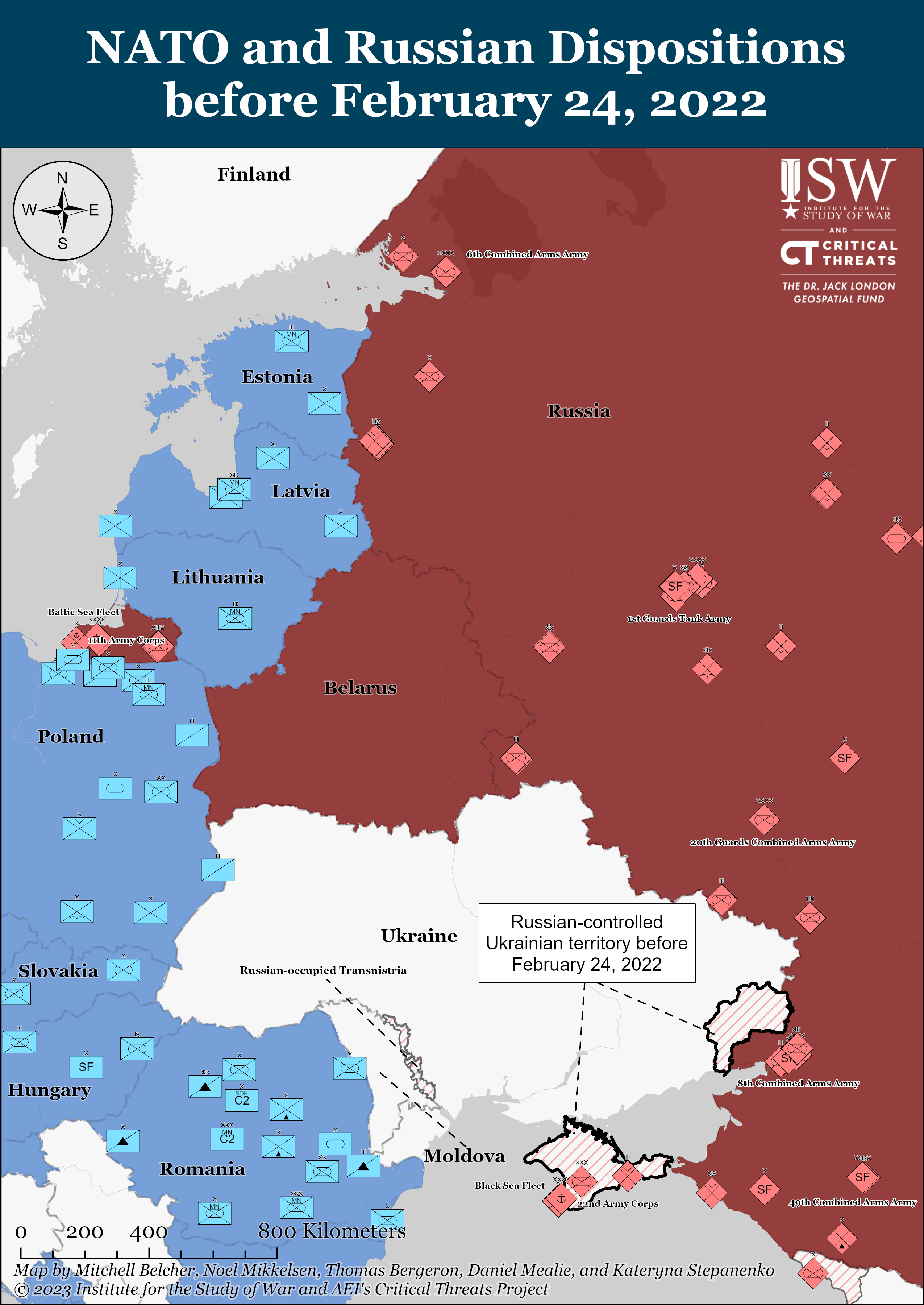
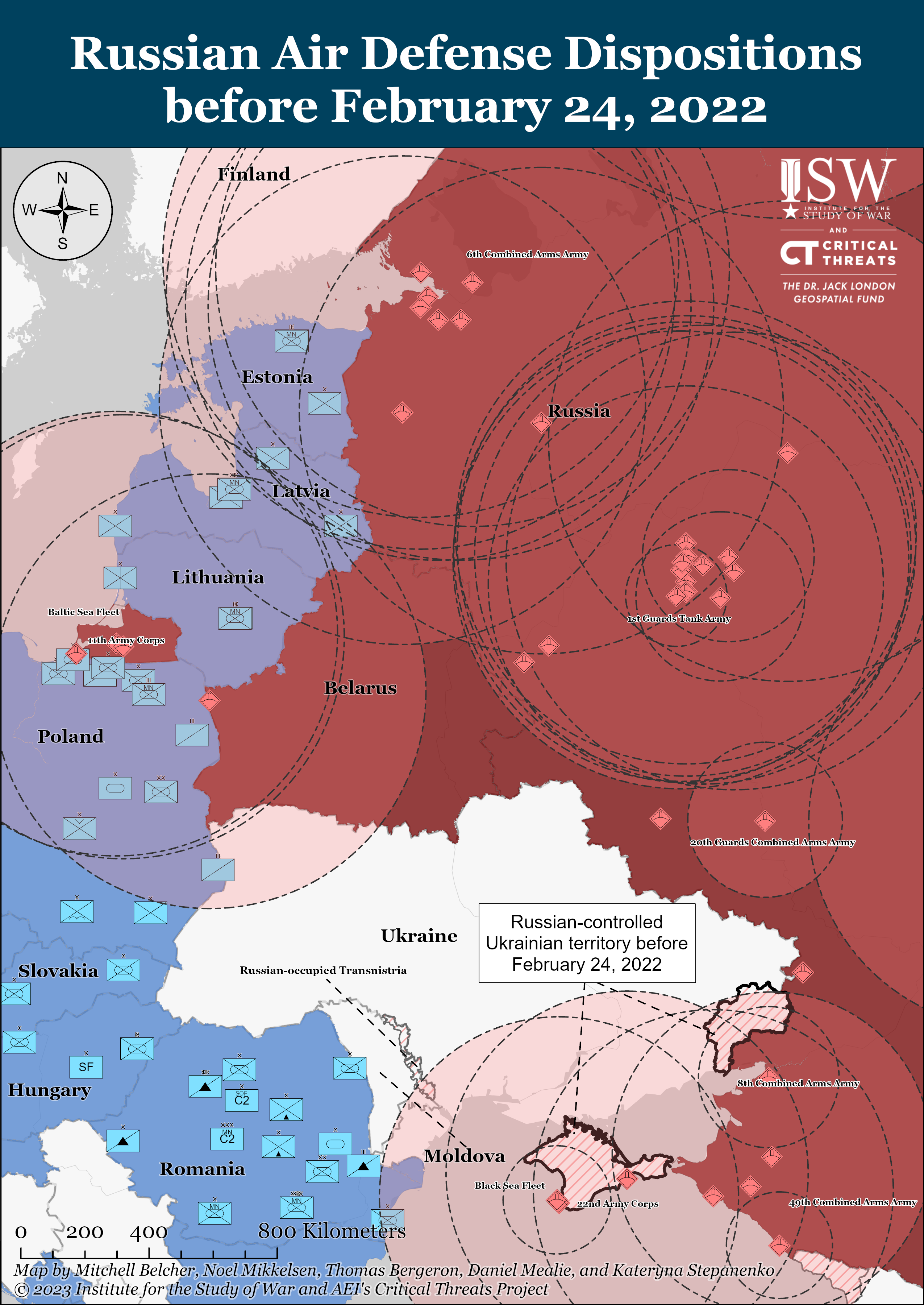
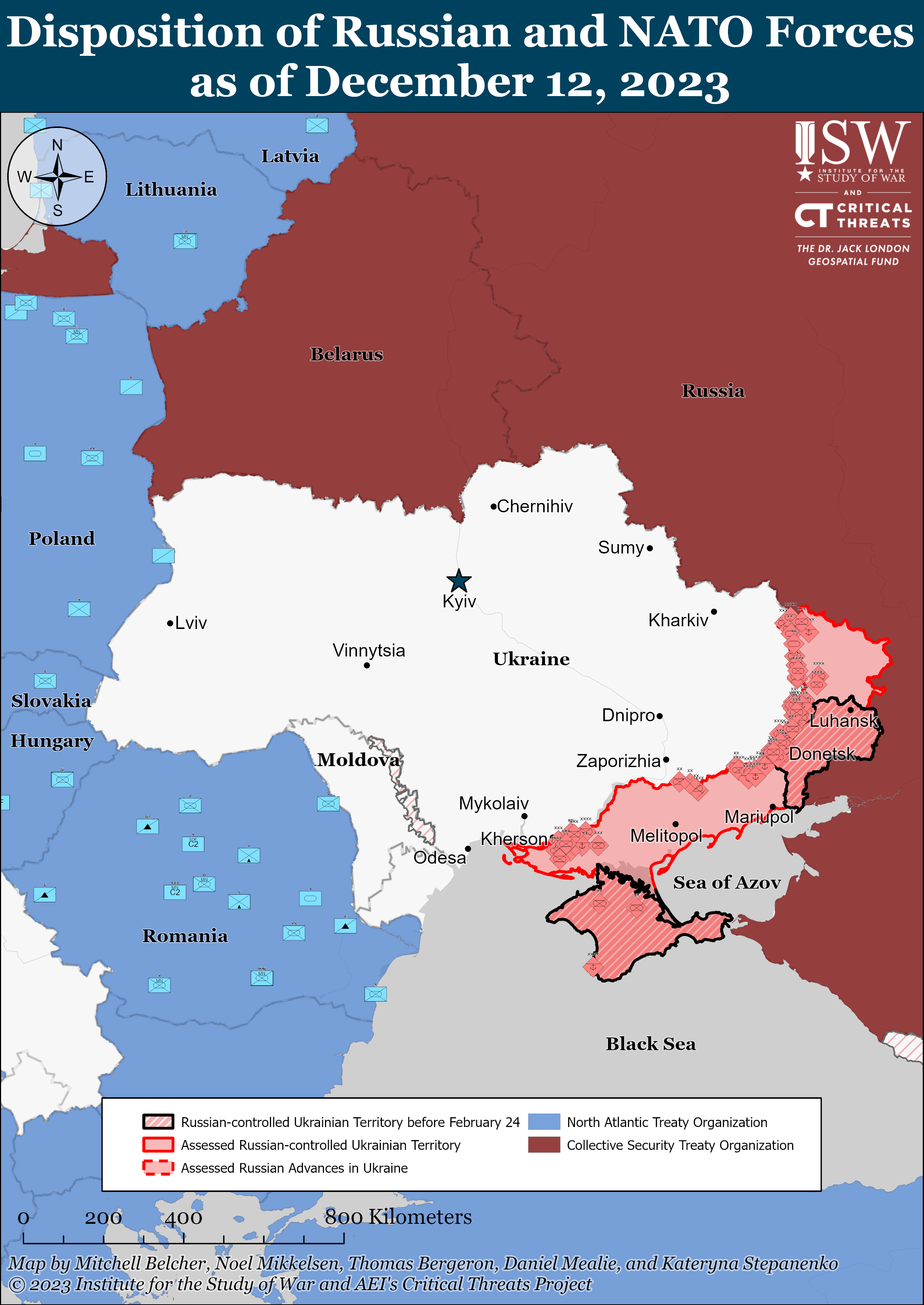
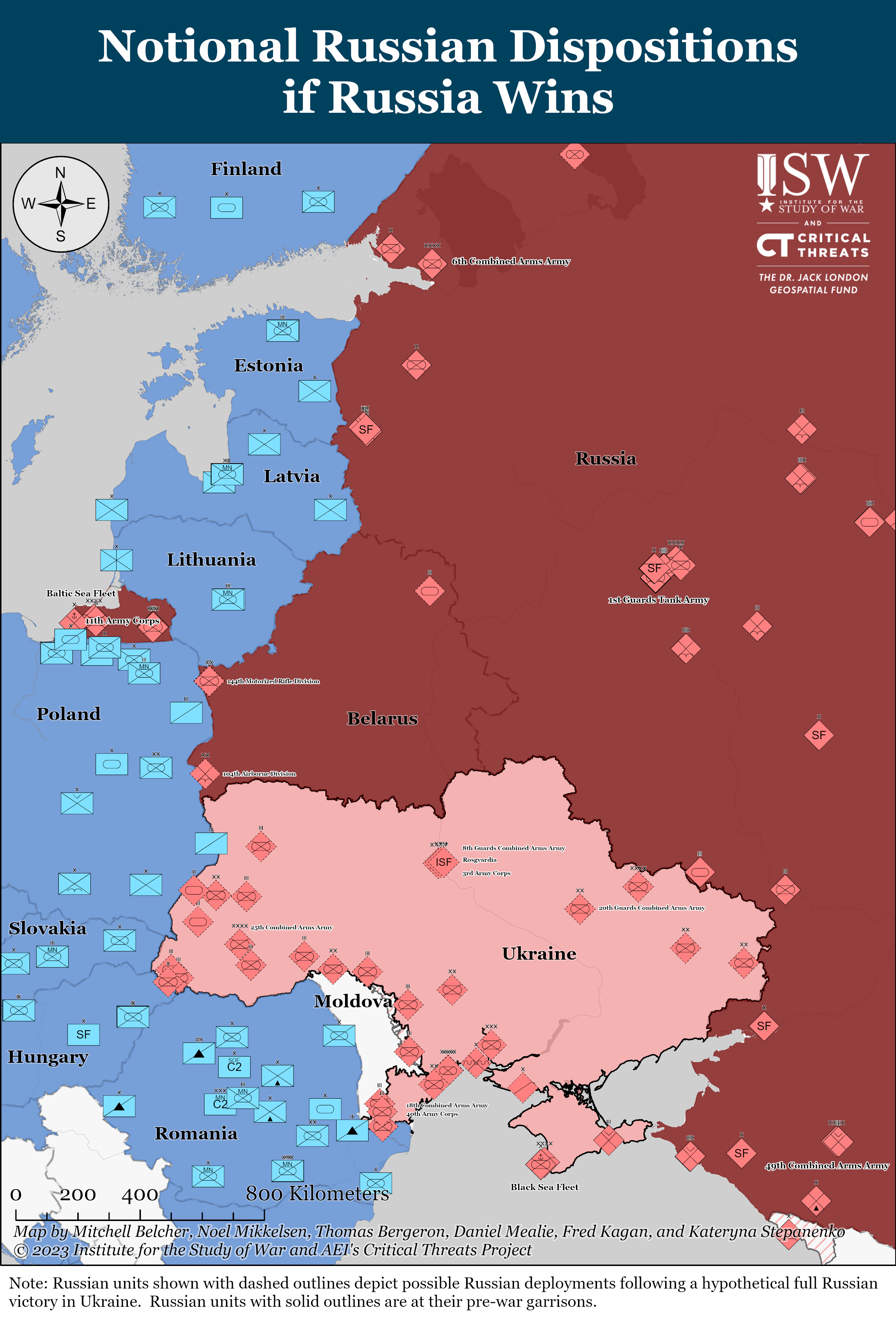
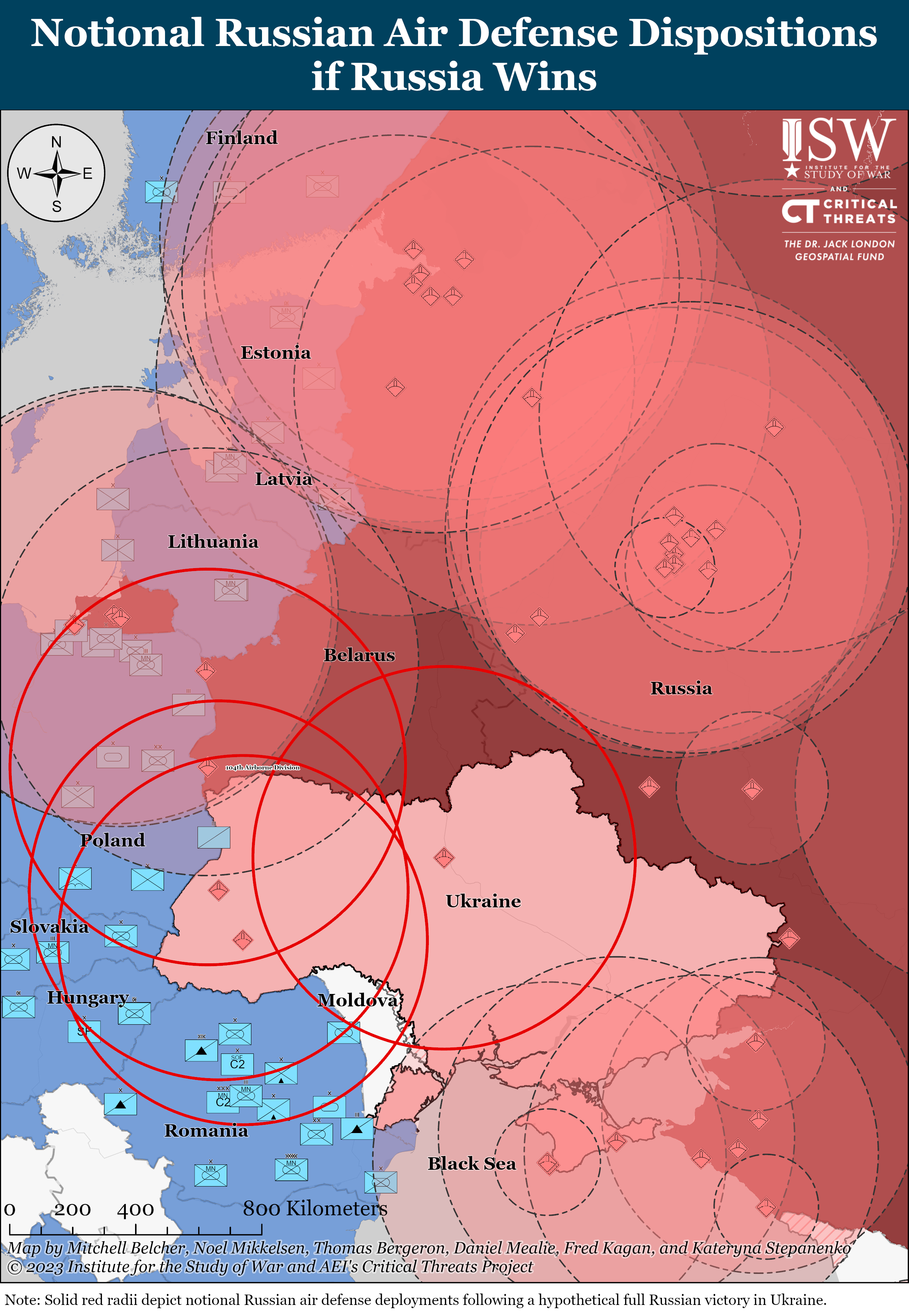
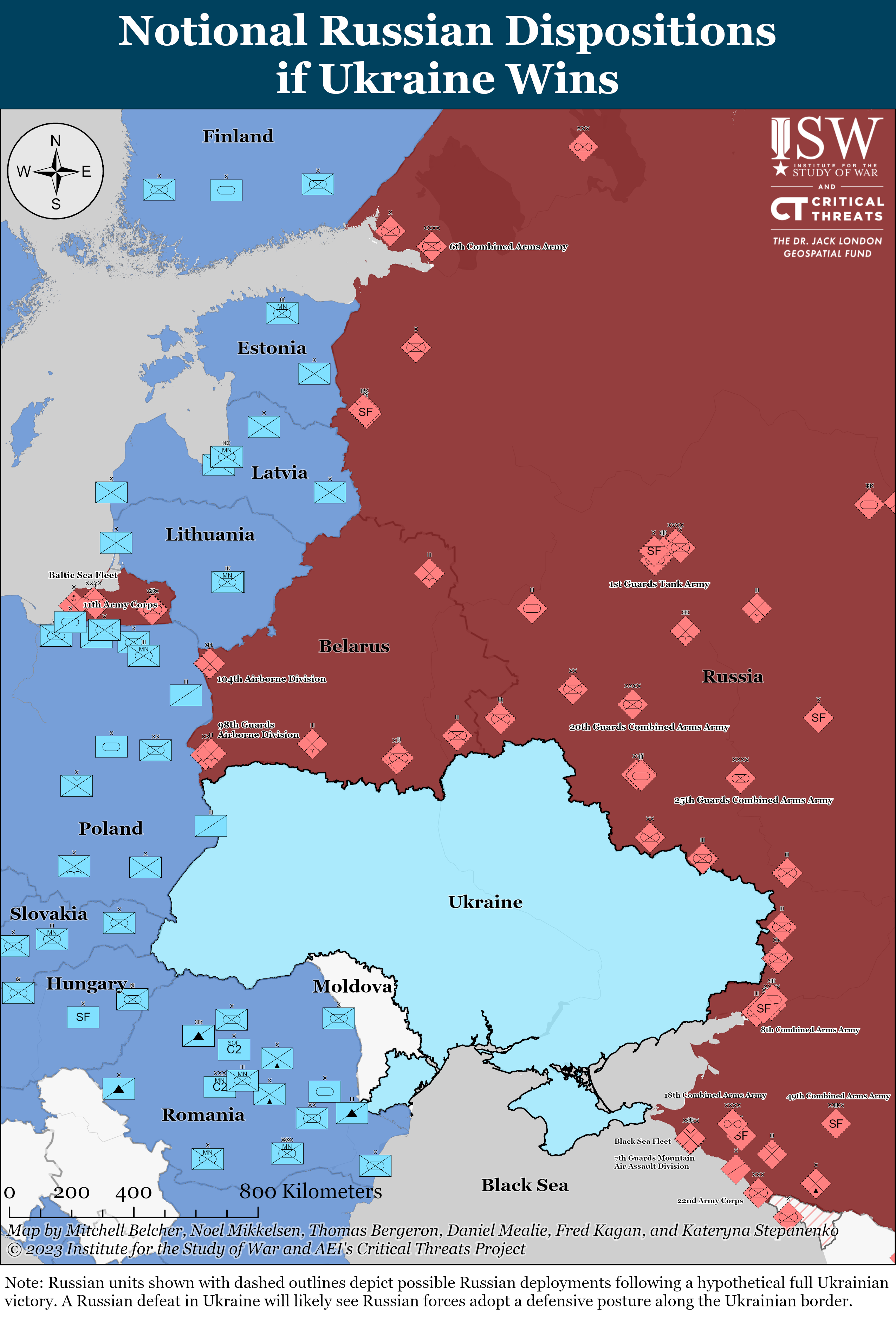
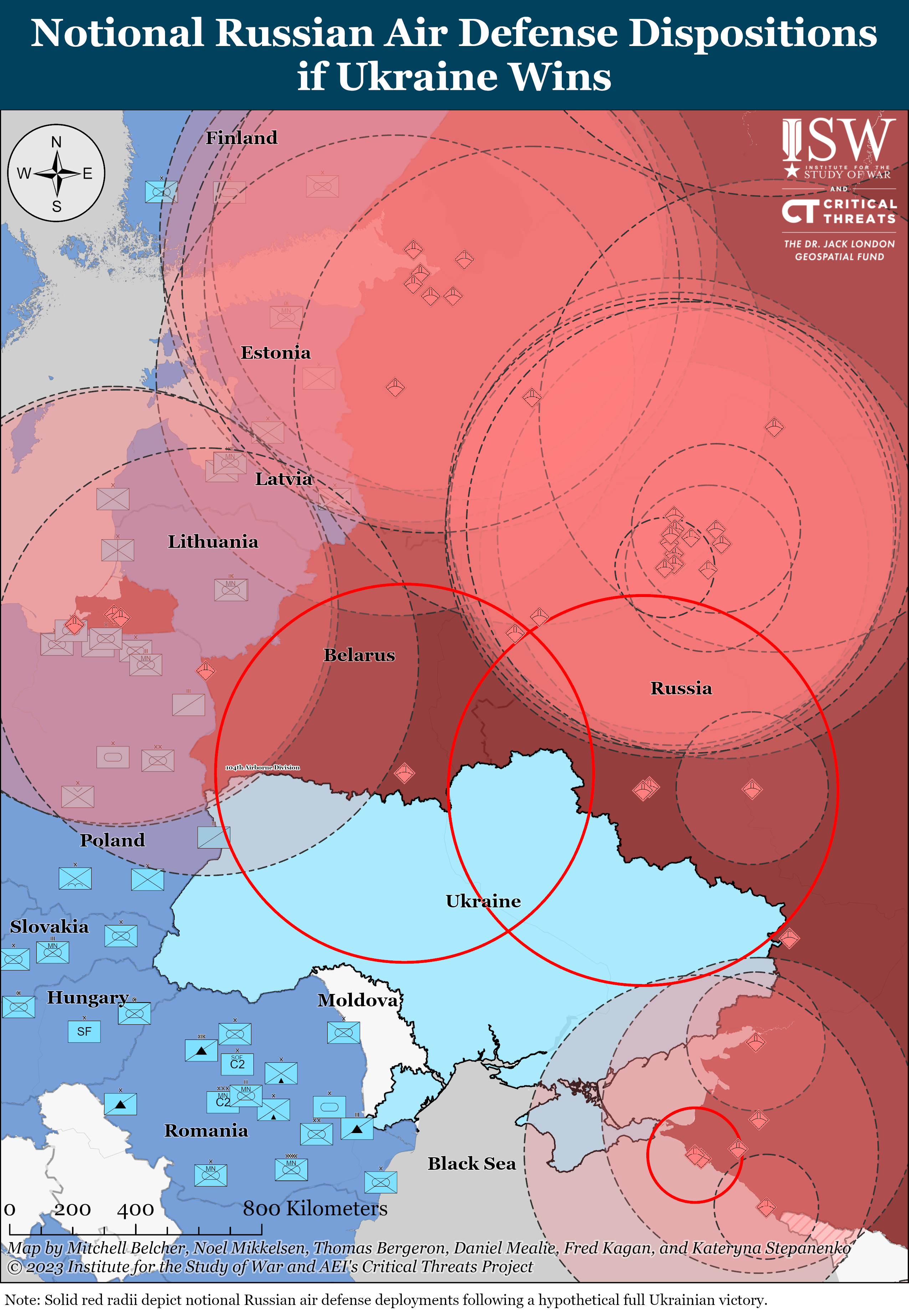
No comments:
Post a Comment